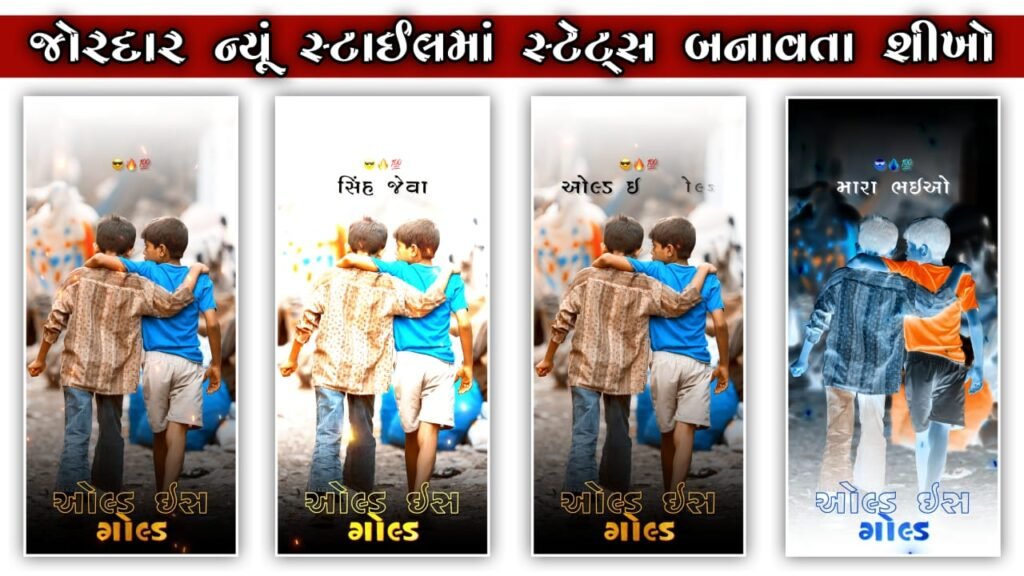Difference Between Republic And Democracy
Republic vs. Democracy: A Comprehensive Comparison
Republic and democracy are two frequently used terms when discussing systems of government, and they are often used interchangeably. However, they represent distinct forms of governance with their own characteristics, principles, and historical roots. In this comprehensive comparison, we will delve into the differences between a republic and a democracy, exploring various aspects such as their definitions, historical origins, governing principles, decision-making processes, and strengths and weaknesses.
1. Definitions and Basic Concepts
Republic:
- Definition: A republic is a form of government in which the country is considered a “public matter” and the head of state is elected or appointed to represent the citizenry. In a republic, the powers of the government are limited by a constitution or a set of laws.
- Key Characteristics: Republics often feature elected officials, separation of powers, and a system of checks and balances to prevent the concentration of power.
Democracy:
- Definition: Democracy is a system of government in which political power is vested in the people. In a democracy, eligible citizens have the right to participate in decision-making processes, such as voting in elections or referendums.
- Key Characteristics: Democracy emphasizes the principles of majority rule, protection of minority rights, and regular and fair elections.
2. Historical Origins
Republic:
- Ancient Roots: The concept of a republic can be traced back to ancient civilizations such as Rome, where the term “res publica” referred to the public affairs of the state.
- Modern Republics: Modern republics, as we know them today, emerged during the Enlightenment era in Europe, particularly with the establishment of the United States as a federal republic in the late 18th century.
Democracy:
- Ancient Democracies: Democracy has ancient origins, notably in Athens, Greece, where it was practiced in the 5th century BCE. However, it was a form of direct democracy, in which citizens directly participated in decision-making.
- Modern Democracy: Modern representative democracies, where citizens elect representatives to make decisions on their behalf, began to take shape in the 17th and 18th centuries during the Enlightenment and the Age of Revolutions.
3. Governing Principles
Republic:
- Rule of Law: Republics are governed by the rule of law, which means that all citizens and government officials are subject to the same laws and legal principles.
- Constitutionalism: Republics often have written constitutions that outline the framework of government, the division of powers, and the protection of individual rights.
- Checks and Balances: Republics typically feature a system of checks and balances among the branches of government (executive, legislative, and judicial) to prevent any one branch from becoming too powerful.
Democracy:
- Majority Rule: Democracy places a strong emphasis on majority rule, where decisions are made by a majority of eligible voters.
- Protection of Minority Rights: Democracies also recognize the importance of protecting the rights and interests of minority groups, ensuring that they are not oppressed by the majority.
- Free and Fair Elections: Elections are a central component of democracy, and they are expected to be free, fair, and open to all eligible citizens.
4. Decision-Making Process
Republic:
- Elected Officials: In a republic, citizens typically elect representatives to make decisions on their behalf. These representatives may serve in legislative bodies like parliaments or congresses.
- Indirect Participation: While citizens have the right to vote for their representatives, the actual decision-making process occurs indirectly through these elected officials.
- Judicial Review: Republics often grant their judiciaries the power of judicial review, allowing them to interpret and apply the law to ensure it complies with the constitution.
Democracy:
- Direct Participation: In a pure or direct democracy, eligible citizens directly participate in decision-making processes, such as referendums or town hall meetings.
- Representative Democracy: In modern representative democracies, citizens elect representatives who make decisions on their behalf. These representatives are held accountable through regular elections.
- Citizen Initiatives: Some democracies allow citizens to propose and vote on laws or policy changes through initiatives and referendums.
5. Protection of Rights
Republic:
- Legal Protections: Republics emphasize the protection of individual rights through laws and legal mechanisms. These rights are often enshrined in a constitution or bill of rights.
- Checks and Balances: The division of powers and the system of checks and balances in republics are designed to prevent any branch of government from infringing on the rights of citizens.
Democracy:
- Majority Rule with Minority Rights: Democracies prioritize majority rule but also recognize the importance of protecting the rights and interests of minority groups. Minority rights are safeguarded through legal and constitutional protections.
- Judicial Oversight: The judiciary in democracies often plays a crucial role in safeguarding individual rights by interpreting and enforcing the law.
6. Decision-Making Efficiency
Republic:
- Deliberation and Compromise: Republics often emphasize deliberation and compromise in the decision-making process, which can lead to more thoughtful and well-considered policies.
- Slower Process: The deliberative nature of republics can sometimes result in a slower decision-making process, especially when consensus is difficult to reach.
Democracy:
- Efficiency in Decision-Making: Democracies can make decisions more efficiently, especially in times of crisis, as they rely on majority rule.
- Risk of Hasty Decisions: However, the efficiency of democracies can also lead to hasty decisions or policies that favor short-term popular preferences over long-term considerations.
7. Flexibility and Adaptability
Republic:
- Stability: Republics tend to prioritize stability and the protection of individual rights. Changes to the system or constitution often require a deliberate and lengthy process.
- Resistance to Change: While this stability can be an asset, it can also make it challenging to enact swift reforms or adapt to rapidly changing circumstances.
Democracy:
- Adaptability: Democracies are generally more adaptable and responsive to changing public opinion and societal needs. Elections provide opportunities for citizens to express their preferences.
- Risk of Instability: However, this adaptability can sometimes lead to frequent changes in leadership and policy, potentially resulting in political instability.
8. Examples and Variations
Republic:
- Examples: Examples of republics include the United States, France, Germany, and India. These countries have elected representatives who make decisions on behalf of the citizenry.
- Variations: Republics can take various forms, including federal republics, parliamentary republics, and presidential republics, each with its own system of government.
Democracy:
- Examples: Many countries around the world describe themselves as democracies, including the United States, Canada, the United Kingdom, and Australia.
- Variations: Democracies can be direct or representative, with variations in electoral systems, such as first-past-the-post, proportional representation, and more.
9. Criticisms and Weaknesses
Republic:
- Elite Rule: Critics argue that republics can sometimes result in an elite or oligarchic rule, as elected officials may be influenced by special interests or party politics.
- Inefficiency: Some criticize republics for their sometimes slow and inefficient decision-making processes, especially in times of crisis.
Democracy:
- Tyranny of the Majority: Critics of democracy warn of the potential for the tyranny of the majority, where the rights and interests of minority groups may be overlooked or even violated.
- Short-Term Focus: Democracies can prioritize short-term policies and popular opinion over long-term planning and difficult but necessary reforms.
10. Conclusion
In summary, a republic and a democracy are two distinct forms of government, each with its own set of principles and characteristics. A republic emphasizes the rule of law, the protection of individual rights, and a system of checks and balances, often involving elected representatives. A democracy, on the other hand, centers on political power vested in the people, majority rule, and regular elections.
Both systems have their strengths and weaknesses, and they can coexist to varying degrees. Many modern democracies are also republics, combining elements of both systems. Understanding the differences between these two forms of government is crucial for informed political discourse and for assessing the strengths and limitations of various governance structures around the world. Ultimately, the choice between a republic and a democracy depends on the specific values, priorities, and historical contexts of a given society.





